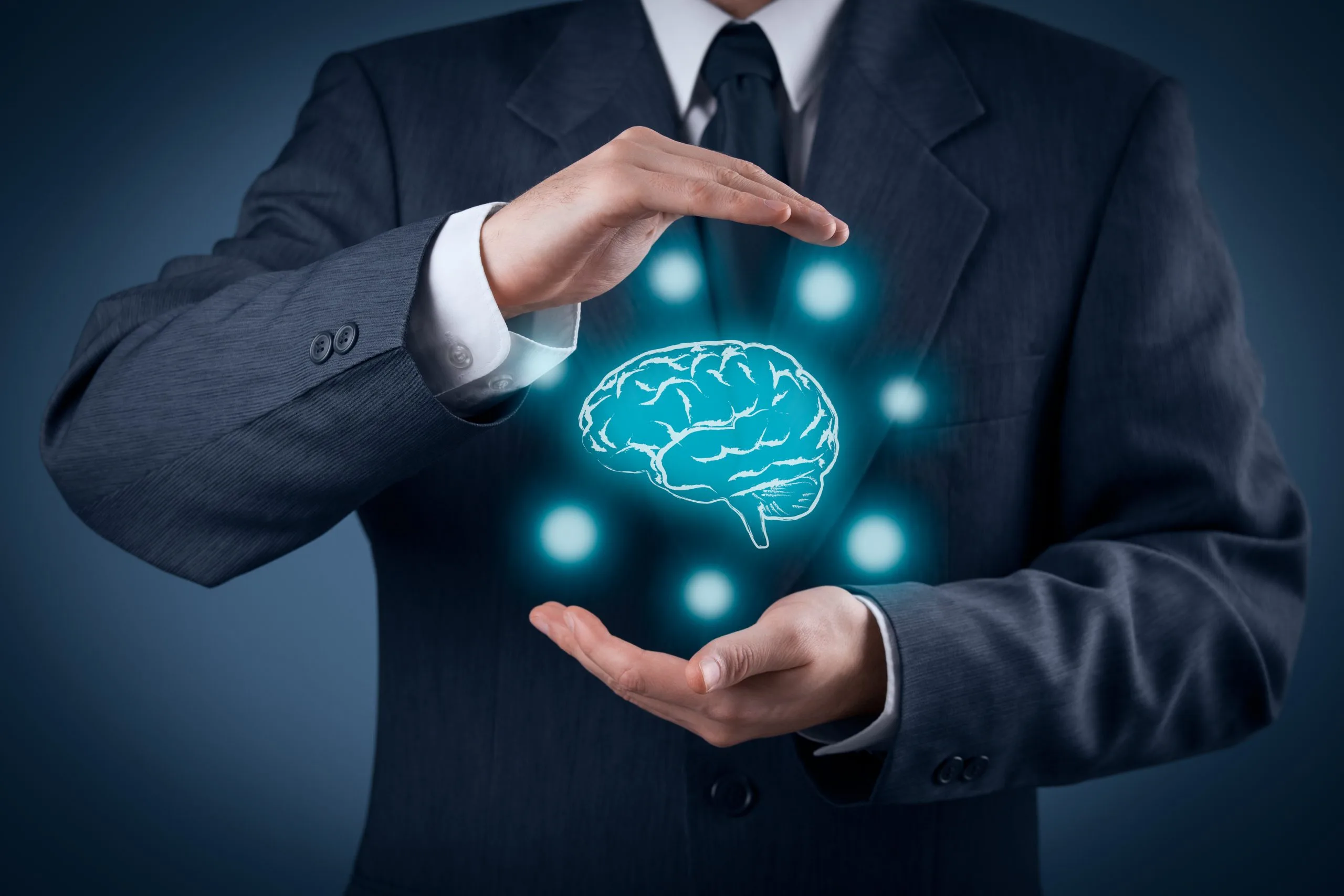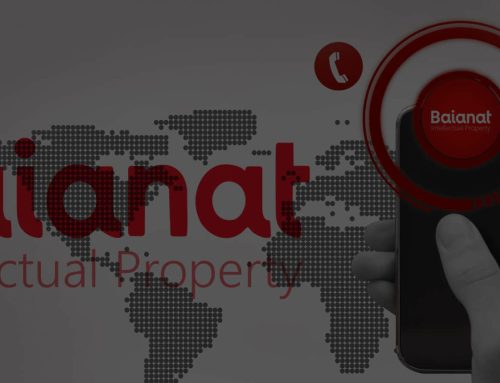Patent law is the section of intellectual property law that addresses new innovations. Circuit boards, automobile engines, heating coils, and zippers are a few examples of tangible scientific inventions that are protected by traditional patents. But throughout time, a wider range of ideas, including business tactics, genetically modified creatures, and coding techniques, have been covered by patents.
In the United States, copyright and patent rules have been established to enable innovators, creators, and scientists to develop the work of others, provided their invention satisfies specific criteria. It’s not always simple to fulfil these standards, though, and many people find it beneficial to use the present system in illegal ways.
The US patent regulations
The Patent Act (35 U.S. Code), which created the United States Patent and Trademark Office (the USPTO), governs patents in the United States. There are so many different types of patents, but the utility patent is the generic kind, as this type is valid for twenty years.
Types of Patents
There are three kinds of U.S. patents:
- A utility patent, which is known as a functional patent as well, can cover a machine’s or device’s performance or function in categories like:
- machines or devices.
- Processes and methods
- Articles of manufacturing
- Compositions of matters
- Business techniques or methods
- Computer software
- Design patents, which can protect any brand-new, distinctive, and aesthetic design for a manufactured item.
- Plant patents that are suitable for plants that reproduce asexually
- Judicially Excluded Subject Matter, which contains achievements that the courts have considered to be outside the range of the previous various categories of patents.
after knowing about Patent law problems in the USA .. read more on baianat IP
Difference Between The Utility Model And Patent
Establishing Companies In Saudi Arabia
Patent process overview
There are some steps in order to register any patent according to the U.S. Patent law including:
- Find out what kind of intellectual property protection you require.
- Check to see if your innovation qualifies for a patent.
- Determine what type of patent you need.
- Start applying for the patent you chose.
- Submit your initial application.
- Work with your examiner until he reviews your patent content.
- Receive the approval on your patent.
- Maintain your patent through maintaining fees and checking the status of it.
How are patents issued?
A notice of permission will be delivered to the applicant’s legal advisor if the patent application satisfies the criteria for patentability. The applicant simply needs to consider the following matters after receiving the notice of allowance:
-
Payment of the issue fee
A Notice of Allowance will be issued by the patent examiner after he is certain that the patent application fulfills all of the standards for patent law. After receiving the notification, the applicant will have three months to pay the fees. The application will be abandoned if the issue fee is not received on time.
-
Patent marking
A maker or seller of a patented product must etch the term “Patent” or the abbreviation (Pat). on the product, preceded by the country of issue and followed by the patent number, to keep the product’s rights from theft.
-
Maintenance fees
There are fees associated with every registered utility patent that must be paid in order to keep the patent active. On the other hand, there is no need for maintenance fees for design patents in the United States.
Patent law problems in the USA
We can’t exaggerate that patent laws around the world are free of legal defects, but once we are here, we can develop these laws to be more professional, comprehensive, and able to protect the inventors’ rights. Though you can patent your invention, device, or the unique thing you innovate, sometimes patents become useless or can’t prevent infringement or theft.
In the United States, patent regulations have been crafted to help innovators protect their inventions, designs, codes, or business models. But it’s not always simple to fulfil these standards or keep the invention protected enough. You can check out these current problems that innovators can face:
-
There are no global consolidated standards
Each country has its own set of patent rules. When it comes to intellectual property rights, there is no universal law that can protect a specific item around the world, not just in one country.
-
Unspecific descriptions of genuine new items
Although the law regards creative output as private property, it allows persons to build on earlier work when it can be clearly differentiated as completely original. Confusion arises over the criteria that determine whether a work represents a novel concept.
-
Prevent creativity for a long term
The patent law provides the needed protection for inventors to keep their inventions safe for about 20 years, which is considered a long period of time to prevent ideas or renovation processes that could be made on this item to keep development and competition active.
-
Excessive litigation fees
Infringements, fraud, and other problems can stop innovators and artists from coming up with new concepts and offering them to the public. Additionally, there are patent trolls who leverage patent rules by charging innovators enormous registration fees that may limit their ability to innovate in the future.
-
Building a monopoly by using patents
Business assets include patents. While some organizations apply for or buy patents to safeguard their work, explore ideas, or gain investors, other companies could buy patents to prevent companies and individuals from producing rival products.
-
Your granted patent may be revoked
If a business with adequate resources finds your patent is inconvenient and decides to contest it at the Patent Trial and Appeal Board (PTAB) which was created by the 2011 Us Invents Act. That enables the same entity that issued your patent, the US Trademark and Patent Office, to cancel it and take it away!
-
To sum up
Patents are definitely a perfect tool to empower innovators and entrepreneurs to benefit from, build up solid enterprises, and provide suitable funding. Meanwhile, there are some legal defects and difficulties that can face innovators while activating their different types of patents. However, this will not prevent all inventors from creating a better future through the creative artwork they present to humanity.
after knowing about Patent law problems in the USA .. read more on baianat IP








